The Overlooked Pollinators
Bats Are Integral to Our World

While bees get most of the attention when it comes to who pollinates our crops, there is an integral nighttime pollinator that shouldn’t be overlooked. Bats are responsible for pollinating over 500 types of tropical plants and flowers across the globe, including dates, bananas, agave, cashews, eucalyptus, avocados, cacao, and durian. They are important in the medicinal world, several remedies such as treatments for epilepsy and night blindness, coming from plants that rely upon bats for their survival.
There are over 1,400 species of bats, with more than 300 of them directly responsible for pollination. Pollinating in a very similar way to bumblebees, hovering or landing over the flower in order to consume its nectar, some of the plants pollen will end up within the fur of the bats head, torso or legs. They have very long tongues that they keep rolled up in their bodies, underneath the rib cage, which are utilized to extract the nectar. Covered in pollen, they will inevitably visit another plant where some of the previous pollen will transfer onto it resulting in pollination. Bats are dissimilar to bees in that they usually prefer flowers that are not brightly colored or give off strong scents.
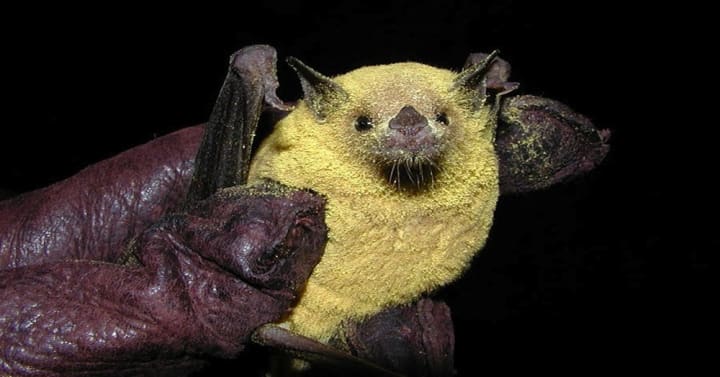
Some species of bats consume seeds, consequently upon the dispersion of their guano, new plant growth will result. Bats fly long distances before dropping the seeds which assists in keeping areas of growth highly diversified. Due to that fact, they have been continually accredited with introducing new plants to different regions. One example is the Mexican long-tongued bat who enjoys eating the seeds of agave plants, thus the plants spreading across the American Southwest, Mexico, El Salvador, and Honduras. Guano is also very high in nitrogen making it an important and vastly used fertilizer around the globe.
Bats are also recognized for keeping pests away from crops, known to consume insects such as stink bugs, corn worm moths, flies, mosquitos and beetles. In a healthy ecosystem their assistance makes it so toxic pesticides that harm humans and the environment are unnecessary. Two antique libraries in Portugal even keep bats in order to uphold an environment free from bookworms.
Different species of bats greatly vary in their diet, some being carnivorous and subsisting on rodents, fish, and frogs, while others feed on fruits or animal blood. The majority of bat species are insectivores, feeding primarily on insects. A pregnant or nursing bat, often eating their body weight in insects within a single night. The Otonycteris Hemprichii, a long-eared bat that lives in some of Israel’s harshest deserts is unique in that the majority of its diet consists of scorpions.

With over 1,400 species of bats discovered, they are known to exist in nearly every corner of the planet, aside from extreme desert or polar regions. They vary greatly in size, the smallest being the Bumblebee bat, weighing less than one penny. While flying foxes, which are indeed bats, can have a wingspan of up six feet. Bats are the only mammals capable of true flight and can reach speeds up of to 100 miles an hour. Bats have a considerably long lifespan for an animal their size, living an average of twenty years, while many species have a 30-year average. The oldest living bat ever recorded was a Myotis brantii, a small Siberian bat who lived to the age of forty-one.
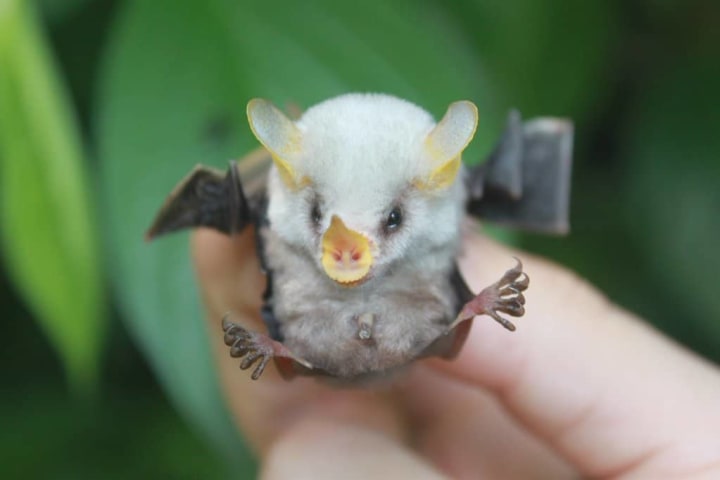
Besides being vital to the food supply and the medicinal world, bats also play roles in several other sectors. Their guanos high nitrogen content making it a viable component of explosives, while in the American Civil War soldiers greatly relied on bat caves to excavate guano, using it to make gunpowder. Bat flight and echolocation have even inspired technological advances such as sonar, navigation, and airplane maneuverability.
Bats are currently facing several threats and are in decline nearly everywhere. Globally about twenty-four percent of bats are vulnerable, endangered, or critically endangered due to impacts of habitat loss, pesticides, wind energy, and white-nose syndrome. Understanding these captivating creatures and acknowledging the important ecological role they play is imperative when considering efforts to protect habitats and bat colonies.
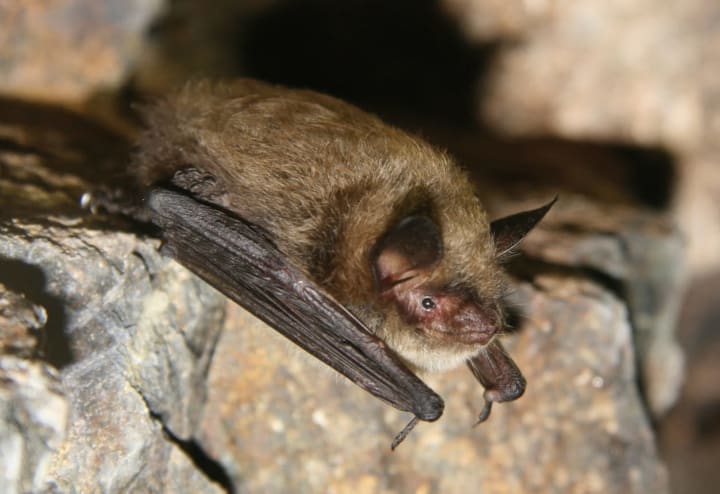
Habitat loss has been perpetuated by clearing land for human use, resulting in the loss of dry, warm, and quiet roosts for bats. Urbanization, vandalism, agriculture and industrial development are among the biggest culprits of habitat loss, causing bats to be displaced from their caves or roosts. Cave tourism during cold seasons can also be disturbing to bats as it rouses them from hibernation causing a depletion of their stored energy. The use of pesticides has also impacted the survival of the species, as many roosts have to be abandoned due to the use of pesticides near them which sickens the bats. Frequently pesticide use can result in death, such as when bats consume large amounts of insects from treated areas.
Millions of bats are killed yearly from collision with the spinning blades of wind turbines. With wind energy facilities currently impacting more than half of North American bat species. In addition to deaths caused by collision, many bats will also suffer from barotrauma, lung damage caused by the excessive and rapid pressure change in their thoracic cavity when flying close to a turbine.
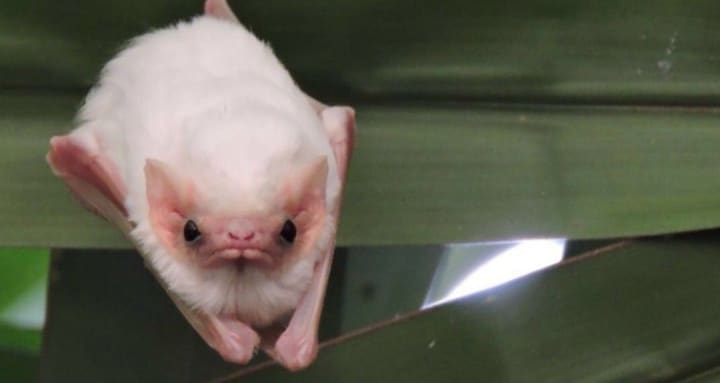
White-nose syndrome, a new disease first discovered in 2006 has killed over six million bats and counting. It was first detected in New York but has now spread as far west as Washington state and as far south as Mississippi. The disease causes a fungal growth on their muzzles and wings, irritating the skin enough to wake them from hibernation frequently, depleting their energy stores. This is will result in them awakening in an attempt to replenish their stores, often when it is too cold to go out foraging or before their insect source is available.
There are several ways we can help bats and ensure that their crucial place in our world remains steadfast. Installing bat houses is a very simple step one can take to support the essential role bats have on the environment. Aside from helping local ecosystems, installing these bat-friendly places in a backyard or plot of land will reap several additional benefits, such as natural pest control and the ability to watch fascinating displays of aerial aerobatics on a nightly basis. Recognize that bats are actually extremely clean, grooming themselves like cats, and while they may carry diseases, they are no more likely to than rabbits or squirrels. Bats do not attack people unless provoked as they are easily frightened and do their best to avoid them.

Bat houses are extremely easy to build and install, or one can even purchase prefabricated options. When going with this option remember to avoid tearing down dead trees in the area as bats love to use them to lounge and play in. Don’t use pesticides as they will poison the bats and will not be necessary. Also ensure to keep cats inside after dark as cat attacks are one of the most common causes of bat casualties. Bats are consistently losing roost sites every day, so providing a bat house is an excellent way to ensure their survival.
Bats are absolutely vital to a healthy world, ensuring our food supply, steering economies, controlling pests, and aiding in medical and technological advances. Learn more about bats and various ways to preserve the species by visiting the websites below.
Bat Conservationists International
An amazing group of conservationists and scientists dedicated to ensuring the health and survival of all bat species.
Bat week is an annual, international celebration highlighting the role of bats in nature and the importance of bat conservation. Discover ideas on how to celebrate these wonderous creatures and get the word out in your community.
Bats and Wind Energy Cooperative
Working to create solutions where bats and wind energy can safely coincide, such as high frequency noise emitters that would only be audible to bats but would deter their approach, or a new turbine design that would predict high risk conditions for bats, automatically turning off.
An organization that closely works with other allies in the conservation community, dedicated to bringing forth and supporting policies that address major threats to bat habitats and colonies.
White-nose Syndrome Response Team
Dedicated to the study, management, and eradication of the new disease ravaging these amazing animals.

About the Creator
M.R. Cameo
M.R. Cameo generally writes horror, sci-fi, fantasy, and nonfiction, yet enjoys dabbling in different genres. She is currently doing freelance work for various publications.



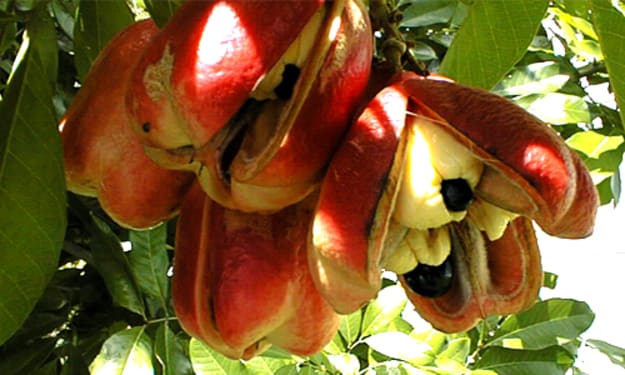



Comments
There are no comments for this story
Be the first to respond and start the conversation.